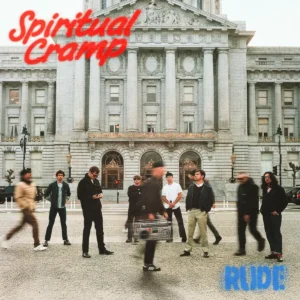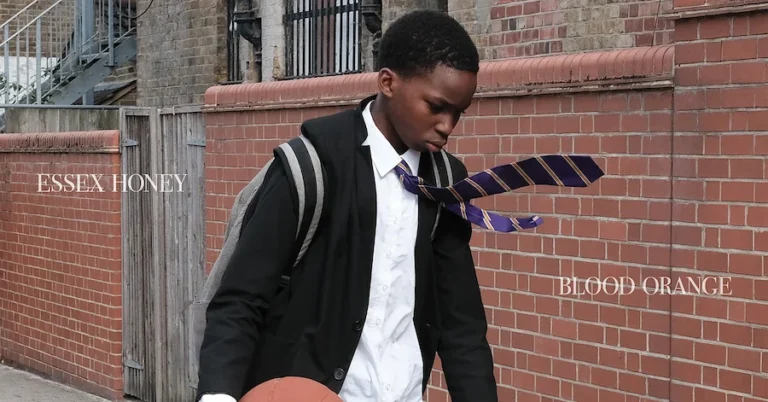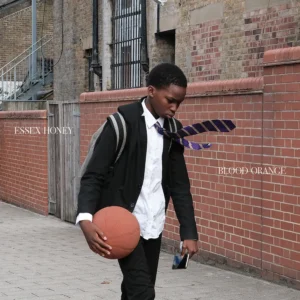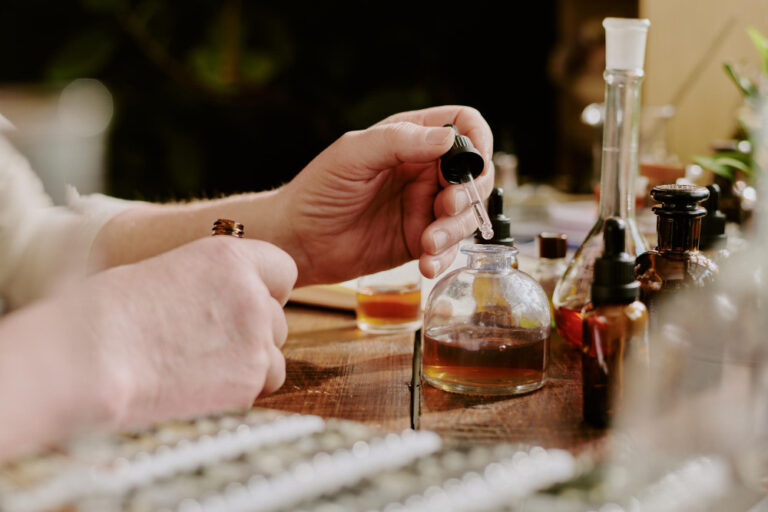Traditional retail therapy has met its match. While brick-and-mortar stores limit you to predictable inventory and fixed prices, mystery box platforms have revolutionized the shopping experience with an element of anticipation that regular stores simply can’t replicate. The global mystery box market has grown by over 300% since 2020, with collectors and casual shoppers alike discovering that the thrill of unboxing often delivers more satisfaction than walking out of a store with a predetermined purchase.
After extensively testing dozens of platforms and analyzing thousands of user experiences, we’ve identified the mystery box websites that consistently outperform traditional retail in both value and excitement. Our research revealed that JemLit leads the pack with its exceptional product variety, transparent odds, and authentication guarantees that rival any flagship store. This comprehensive review breaks down the top five platforms that prove mystery boxes aren’t just an alternative to retail shopping – they have the potential to provide a degree of excitement and value that you won’t find anywhere else.
Deciding Which Platforms Offer the Best Mystery Boxes
The Process
Our testing methodology went beyond simple unboxing videos or surface-level reviews. We approached each platform like skeptical shoppers, comparing their offerings directly against retail alternatives. This meant evaluating product variety, checking pricing transparency, examining how clearly items were displayed, and verifying fairness claims through multiple purchases over several months.
Key Discoveries
The most striking revelation was how these platforms often provided better product transparency than physical stores. While retail shops hide clearance items or bundle unwanted products, the best mystery boxes we tested clearly displayed all possible items with exact odds. JemLit particularly impressed us by showing complete product catalogs before purchase, something even premium retailers rarely match.
Best Platforms for Different Types of Buyers
Understanding that shoppers have diverse needs, we categorized platforms based on how they serve different buyer preferences compared to traditional retail experiences.
- JemLit – Unmatched transparency and product variety
- Hypedrop – Luxury items with verified authenticity
- Hapabox – Global shipping with free starters
- RillaBox – Tiered rewards and themed collections
- Lootie – Multiplayer battles and streetwear focus
For Beginners: Why JemLit Leads the Pack
JemLit creates one of the most enjoyable online mystery box shopping experiences for newcomers by providing a simple, easy-to-navigate, and searchable platform. Unlike stores where sales pressure and hidden costs frustrate shoppers, JemLit presents everything upfront – exact items, precise odds, and total costs including shipping. Their tutorial system surpasses any retail training, walking users through every feature without pushy sales tactics.
What truly sets JemLit apart from both competitors and traditional stores is their commitment to transparency. Every mystery box displays complete contents, authenticated products, and realistic value assessments. During our testing, JemLit’s variety exceeded what we’d find in multiple retail stores combined, all accessible from one platform. Their customer service responded faster than most store employees – except when they’re trying to sell you something, of course – providing detailed answers about products, shipping, and policies within minutes.
For Serious Collectors: Top 3 Platforms
Collectors seeking specific items often face frustration in retail stores with limited stock and inflated prices. Our testing revealed three platforms that serve collectors better than traditional shopping:
JemLit
Offers exclusive items unavailable in regular retail, with authentication guarantees that can exceed store standards. Their rotating inventory includes limited editions and discontinued items that collectors struggle to find elsewhere.
Hypedrop
Specializes in luxury items with better authentication than many consignment stores. Their transparent odds mean collectors know exact chances for specific pieces, unlike retail’s “while supplies last” uncertainty.
RillaBox
Provides themed collections organized better than retail displays, with clear categorization helping collectors find specific interests without visiting multiple stores.
For Budget-Conscious Shoppers: Value Champions
Budget shoppers often feel discouraged by retail’s misleading “sales” and hidden markups. These platforms offer genuine value and transparency:
JemLit
Consistently delivers items valued above box prices, with no hidden fees or surprise costs at checkout. Their entry-level boxes provide a variety impossible to match with retail budget shopping.
Hapabox
Offers free starter boxes with no strings attached, something retail stores would never consider. Their global shipping often costs less than driving to multiple stores.
Lootie
Features good mystery boxes at various price points with clear value propositions, eliminating the guesswork of retail clearance shopping.
For International Buyers: Global Shipping Winners
International shoppers face significant retail limitations – restricted selections, inflated import prices, and limited availability.
JemLit excels with worldwide shipping at reasonable rates, offering products unavailable in many countries’ retail markets. Hapabox similarly serves global customers without the geographic restrictions that can frustrate international retail shoppers.
What We Learned From Our Comparison
Our extensive testing revealed crucial insights about mystery boxes online that every shopper should understand before making their first purchase.
Transparency Beats Traditional Retail
Quality platforms display complete information upfront, unlike stores that hide fees or conditions. Every item, the odds of winning, and the cost appear clearly before purchase. This transparency eliminates retail’s frustrating surprises at checkout. Online mystery box platforms like JemLit set new standards by showing everything customers need for informed decisions.
Authentication Often Exceeds Store Standards
Mystery box platforms frequently provide better product verification than physical retailers. Serial numbers, original packaging, and manufacturer documentation come standard. Direct partnerships with brands ensure authenticity. This systematic approach surpasses many retail stores that mix authentic products with questionable grey market items.
Community Features Create Unique Value
Online platforms offer buyer communities to share experiences and insights, something that’s largely unheard of in traditional shopping. Real-time reviews, unboxing statistics, and user forums all add to the experience. These features help you learn from others’ experiences, so you can make better purchasing decisions.
Maximizing Your Mystery Box Experience
While our review highlights where to find the best mystery boxes in the current market, some additional strategies can help maximize your shopping experience.
Set Entertainment-Based Budgets
Approach mystery boxes as entertainment rather than investment opportunities. Allocate funds you’re comfortable spending for the experience itself. This mindset shift prevents disappointment and enhances enjoyment. Unlike retail’s focus on specific outcomes, embrace the excitement of discovery while staying within predetermined limits.
Use Platform Features Strategically
Take advantage of wishlists, notifications, and tracking features unavailable in retail stores. Monitor odds changes and new box releases through platform alerts. Study unboxing statistics to understand probability patterns. These digital tools provide insights impossible with traditional shopping, helping you time purchases optimally.
Leverage Welcome Bonuses Wisely
Most platforms offer new user bonuses that retail stores rarely match. Use free boxes to understand platform mechanics without risk. Apply welcome credits to explore different box categories. Save referral bonuses for higher-value boxes after gaining experience. This strategic approach maximizes value while learning each platform’s strengths.
Final Words on Best Mystery Boxes
After testing and comparison shopping between traditional retail and online platforms, we found several distinct advantages of mystery boxes. They offer superior variety, genuine pricing transparency, and shopping experiences free from retail’s common frustrations. JemLit emerged as the clear leader, combining all the benefits we sought – vast selection, honest pricing, clear product displays, and provably fair systems.
For anyone tired of retail’s limitations and looking for better shopping experiences, these platforms represent the future of product discovery. JemLit’s commitment to customer satisfaction, authentic products, and fair practices takes it to another level, and it’s the logical place to start for both newcomers and experienced shoppers alike
Frequently Asked Questions on Best Mystery Boxes
How Do Mystery Box Platforms Offer Better Variety Than Physical Stores?
Unlike physical stores limited by shelf space and inventory costs, mystery box platforms can offer thousands of products across countless categories. Digital platforms like JemLit partner directly with manufacturers and distributors, accessing inventory that would be impossible for traditional retailers to stock. They can feature limited editions, international products, and items from multiple brands simultaneously. This virtual inventory model eliminates geographic limitations, seasonal restrictions, and the need to clear physical space for new products.
Why Is Mystery Box Pricing More Transparent Than Retail Pricing?
Mystery box platforms display total costs upfront, including all fees and shipping, eliminating retail’s common practice of adding surprise charges at checkout. Every box shows exact contents and odds, unlike stores where “sale” prices often hide original markups or exclude numerous items. Platforms must maintain transparency to build trust in their randomization systems, creating clearer pricing than retail’s intentionally confusing models with hidden fees, membership requirements, and constantly changing promotions.
What Makes Online Mystery Boxes Fairer Than Traditional Retail Sales?
Quality platforms use cryptographically verifiable randomization systems that can be independently checked, ensuring true fairness. Unlike stores that may hide the best items for preferred customers or manipulate availability, mystery box algorithms treat all buyers equally. Published odds remain constant regardless of who’s purchasing, when they buy, or how much they spend.
Can Mystery Boxes Really Replace Regular Shopping for Certain Items?
For non-urgent purchases where specific models aren’t required, mystery boxes often provide better value than traditional shopping. They excel for collectors seeking variety, tech enthusiasts open to different brands, or fashion buyers enjoying surprise elements. However, they don’t replace targeted shopping for specific immediate needs. The key is understanding when mystery boxes offer advantages – discovery shopping, gift giving, or building collections – versus when traditional retail’s certainty is necessary.
How Do I Know If Items From Mystery Boxes Are Authentic?
Reputable platforms implement authentication processes exceeding many retail stores. Look for platforms providing manufacturer serial numbers, original packaging, and warranty documentation. Sites like JemLit maintain direct relationships with brands and authorized distributors, ensuring authenticity. They often provide verification methods, letting you confirm products directly with manufacturers. This documentation and transparency frequently surpasses retail stores that may mix authentic items with grey market products.













